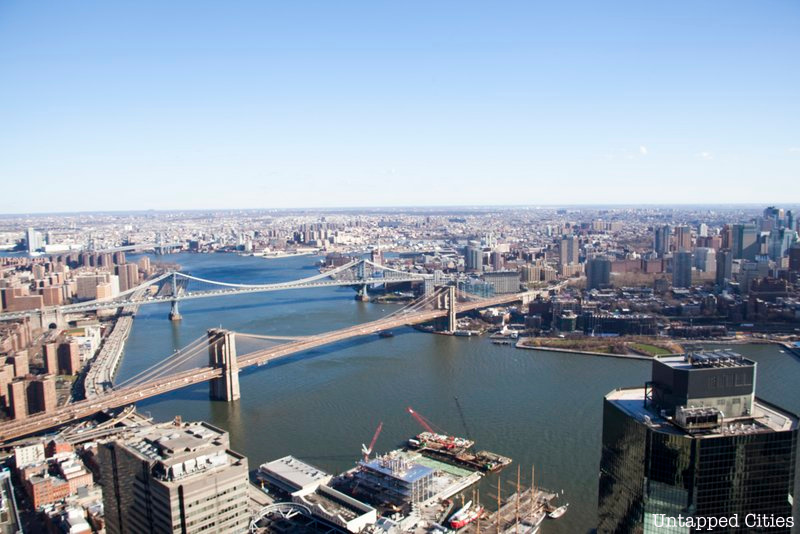1. Filling in the Hudson River and East River

At the beginning of the 20th century, industrializing cities were growing voraciously and needed more room. Proximity to rivers and oceans were essential for the early settlements due to water transport. But then came trains, and it started to seem like a good idea to dump land into water on a huge scale to create breathing room for boom towns. New York City did this even before the turn of the century–shipwrecks and garbage were often used to create surface area along the edges of Manhattan. The land dug up to create the 4/5/6 line was used to create Governors Island. But what if New York City had taken this strategy way further?
In December 1924, Popular Science Monthly reviewed a proposal by Dr. John A. Harriss, a former New York City health commissioner, to drain the East River as a congestion solution. In the March 1934 issue of Modern Mechanix and Invention, Alfred Albelli discussed the many benefits of filling in the Hudson River. Check out more plans to fill in New York City’s rivers including one to relocate City Hall to the middle of the East River and another to connect Manhattan to Governor’s Island.
As wacky as these plans may be, in today’s commodified architectural space, we can only hope that New York City will continue to think creative and big in the future.
Next, check out more of our New York City that Never Was Series!





